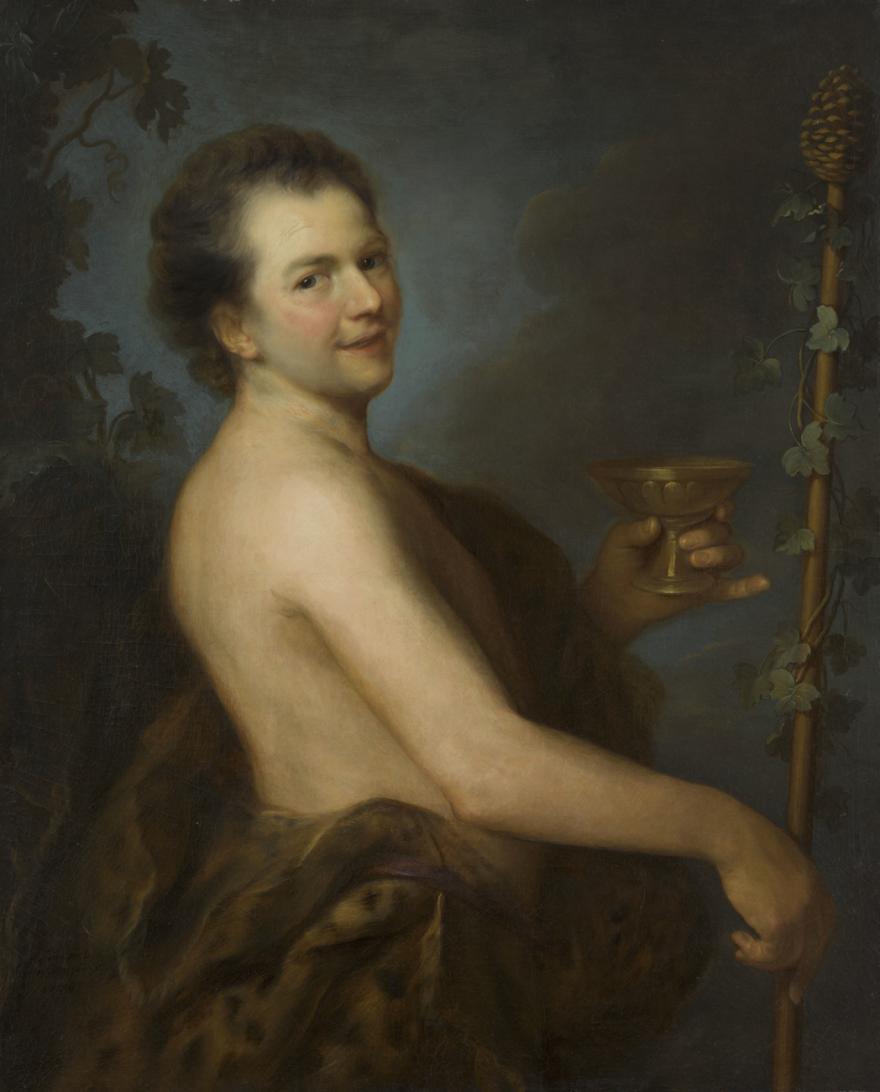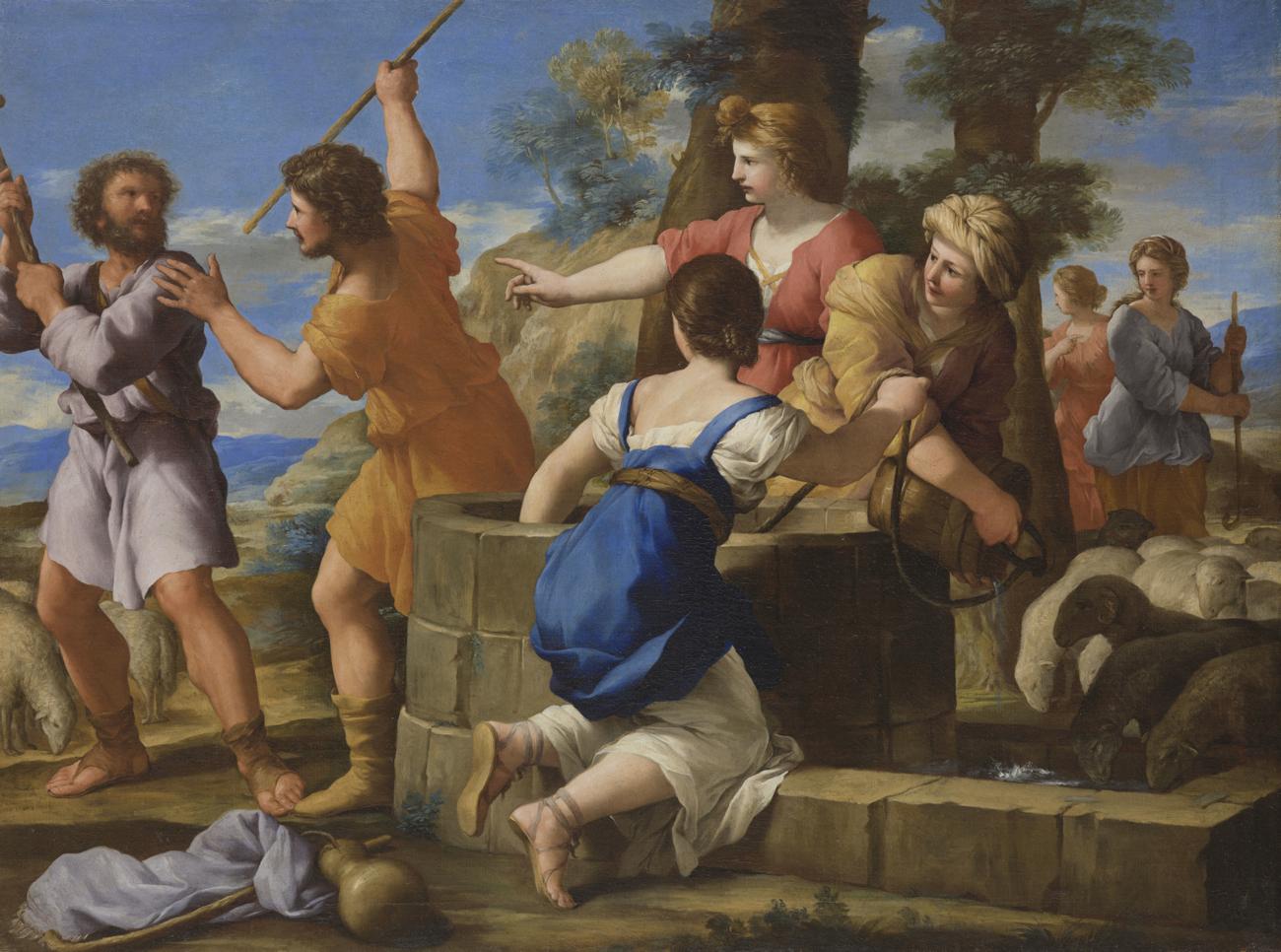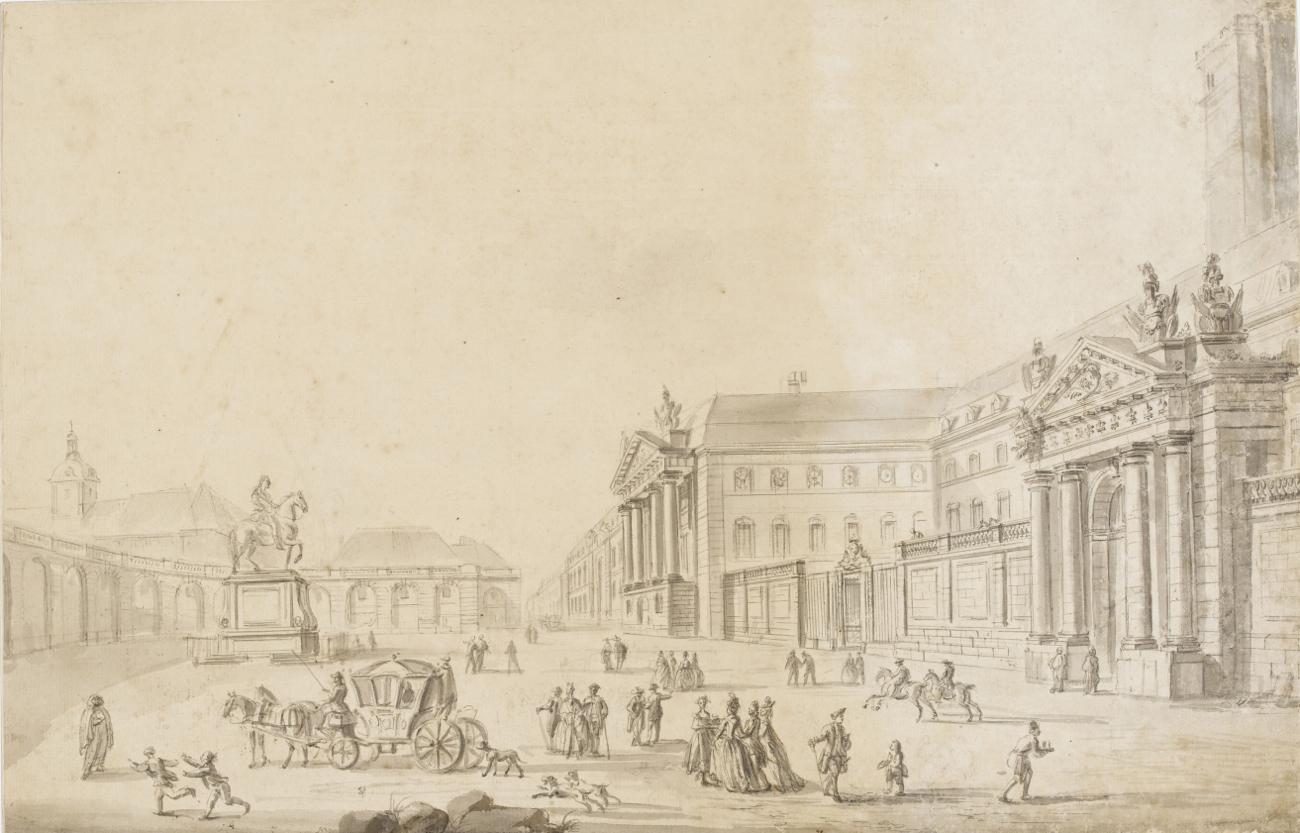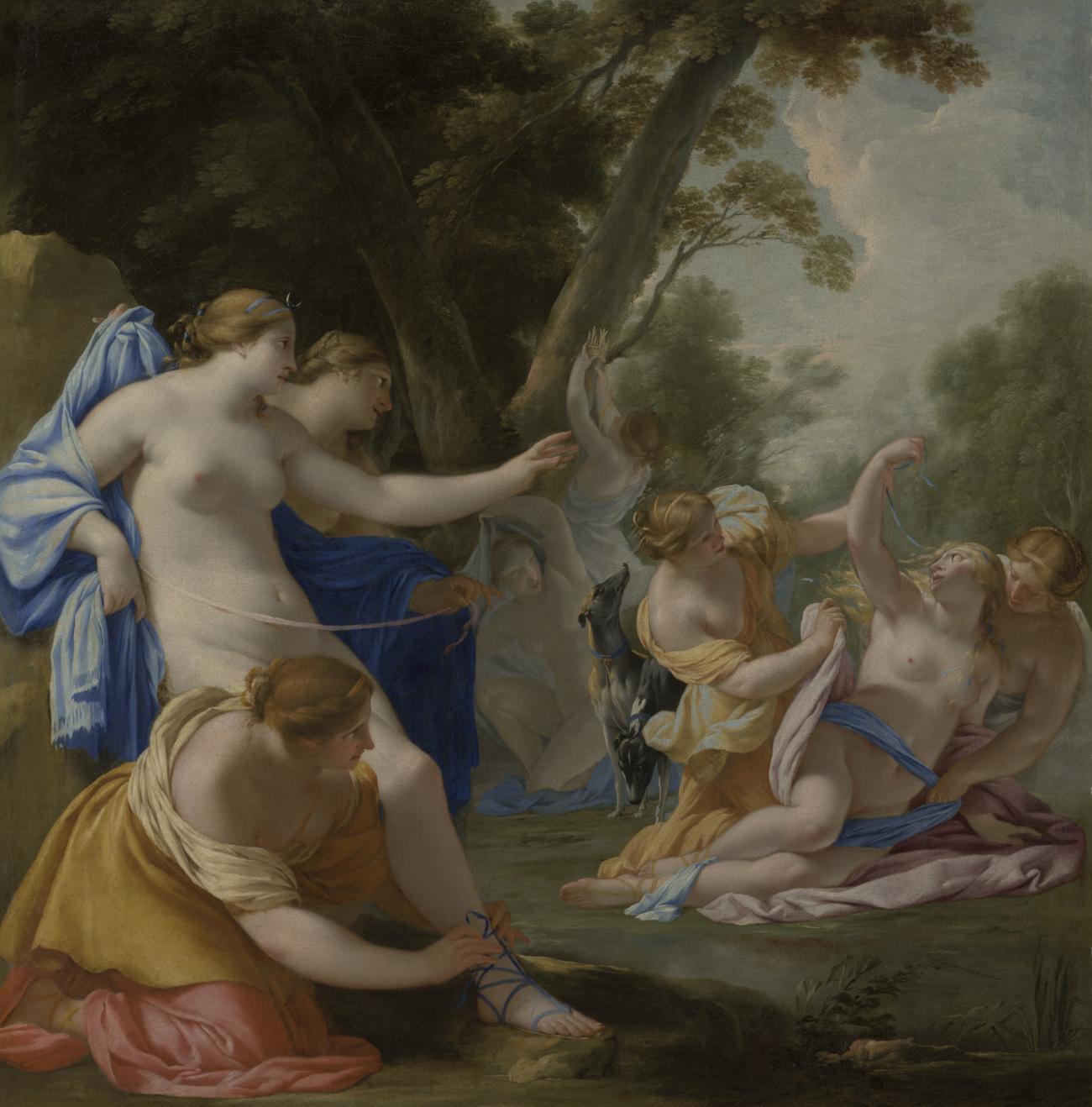
École française
Self Portrait as Bacchus
By painting several portraits of himself holding a drink, Grimou allowed an image to develop of a man who liked nothing more than the bottle. Here, he holds a cup with a relief decoration, and takes other elements from the iconography of ancient Rome in the Triomphes de Bacchus: leopard skin, ivy, an evergreen symbolising the power of plants and the persistence of desire, a pine cone transforming the staff into a thyrsus, celebrating the life force and fertility. Grimou includes many artistic references: the three-quarter profile with the face turned towards the viewer, and the costume, recall Rembrandt (Portrait d’homme en costume polonais) [Portrait of a Man in Polish Costume]), his way of holding the cup, both proudly and mockingly, are reminiscent of Honthorst, and of Caravaggio’s association of man and plants. The thyrsus and the animal skin refer to Leonardo da Vinci (the Bacchus in the Musée du Louvre). Thus Grimou adds a mocking note to this light-hearted subject with the figure’s ironic expression, “disguising” his motif in different styles.
He was possibly thumbing his nose at the French Academy of Painting, which was hostile to the style of Rembrandt (brown materials, chiaroscuro, etc.), which a number of artists were attracted to in the early 18th century. And yet this self-portrait comes out of the academic tradition, where the attributes of the profession - palette, easel, books – defined the social identity of the model. Grimou substituted the dignity of the artist for a eulogy to hedonism - wine, through the theme of bacchanalia, having long been understood to be the basis of all pleasure.
